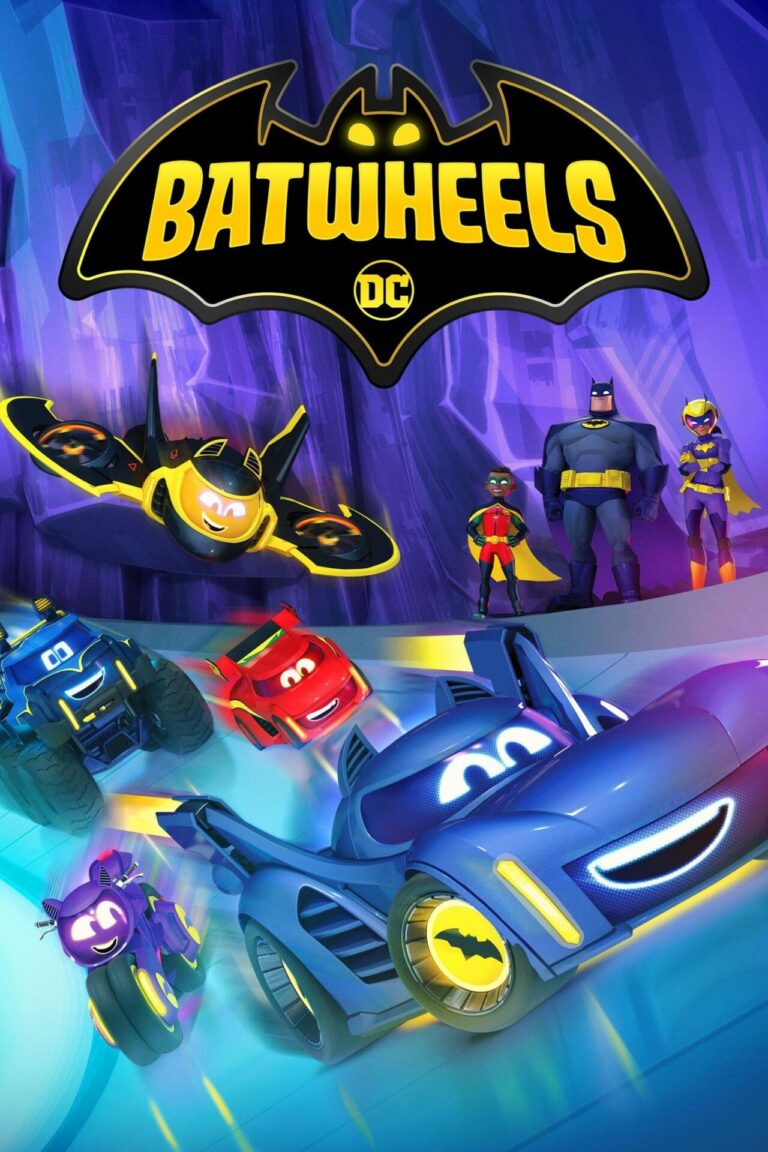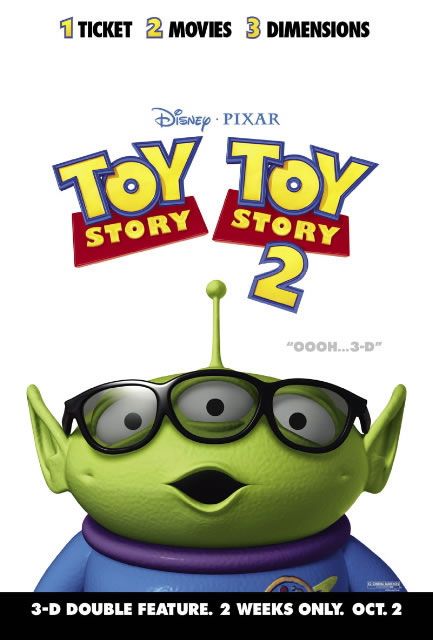
How Hollywood Strikes Impacted the Evolving Streaming World
By Movieguide® Contributor
With the end of the writers’ and actors’ strikes, the streaming platforms have had to change how their business strategies will fit a new set of rules.
Over the past two years, the streaming industry has seen a colossal change in its primary strategy. For nearly a decade, the business model was to spend billions of dollars on content and focus on subscriber growth rather than profit. However, when Netflix lost subscribers for the first time at the beginning of 2022, the industry found that this model could not last forever.
Nearly overnight, investors shifted their focus to profit and demanded streaming services stop hemorrhaging money. This was easier said than done and shocked consumers who had grown accustomed to low costs for a platform with constantly added content.
Netflix was the first platform to lead the way, cutting out password sharing, adding an ad-tier subscription level and raising its prices across the board. Nearly every streaming platform has followed suit, with the model to turn a profit established.
However, the writers’ and actors’ strikes shook up the system once again, leading to another shift in business strategy.
Coming out of the strikes, the streamers have had one focus: continue to make a profit. The ability to do so was notably harder under the new contracts as they would pay out more to their actors and writers through newly added residual requirements for successful shows and movies.
Streaming platforms, however, were not in a disadvantageous position. Coming out of a month-long hiatus, there was a plethora of high-quality content to shop, and the entire industry was eager to return to work.
In the past, these conditions would have led to a feeding frenzy as every platform fought to secure years-long exclusivity deals when hunting for the next big IP. This, however, did not happen. Instead, the platforms looked to hire the best creators available and offered them the opportunity for big deals down the line based on the success of their content rather than offering them a large payment upfront.
Furthermore, the streaming services revealed they are willing to play nice with each other and co-create and co-stream content rather than lock every single piece they create onto their platform. This allows them to spread the cost of production as well as increase the popularity of their shows as they become available to more viewers.
This new model is likely to stay as it allows the streaming platform to offer an endless stream of new content at a cost that they can turn a profit on and, most importantly, at a subscription price that consumers are willing to pay.
Movieguide® previously reported:
While the price for streaming services has ballooned in recent years, consumers may soon find reprieve through subscription bundles that heavily discount costs.
Verizon recently launched a subscription bundle for the ad-tier version of Netflix and Max priced at $10 per month, discounting $7 per month from the non-bundled price of each service. This deal is groundbreaking, as Netflix has long shied away from offering any discount on its standard pricing.
As streaming services have added ad-free and ad-supported subscription tiers, discounts like this are possible and open the door to similar deals in the future. Through the ad-tier level, Netflix makes more money the more people use the site rather than receiving a flat payment regardless of a user’s watch time.
Netflix executives say the basic ad tier makes the company more money per customer than its base ad-free tier.



 - Content:
- Content: 

